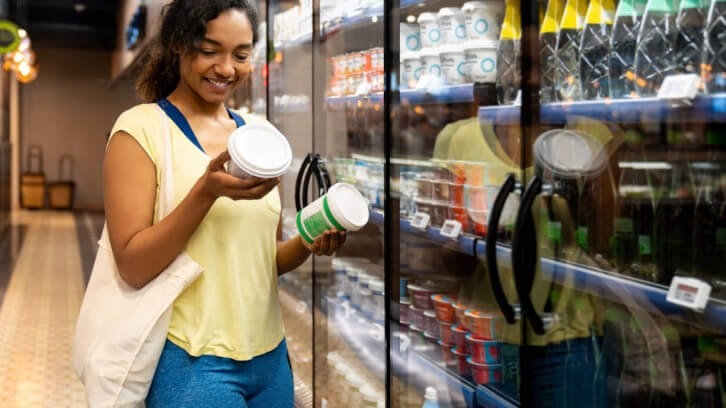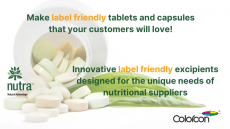Succeeding in active nutrition: Innovating around the blueprint

This was the key message from a webinar hosted by the data and insights provider Nutrition Integrated earlier this week.
“Proactive nutrition has never been so competitive,” said Nick Morgan, founder of Nutrition Integrated. “There has been lots of new launches, categories are evolving, and brands are democratising what they are to achieve to break down barriers in communication. And this is all against this background of a macro-demographic challenge.”
However, he emphasised that to cut through this noise, understanding the roles and underlying principles behind key category trends is vital for developing effective brand communication and redefining existing products.
Active nutrition landscape
Morgan explained that brands in the active nutrition landscape exist across a spectrum encompassing performance, health, accessibility and enjoyment to varying extents.
He said this results in four key categories, including classic sports nutrition companies providing performance benefits; functional health companies focussing on holistic health, mind and body support through gummies and tablets formats; companies offering energy for cognitive health and focus, providing more accessible and enjoyable performance benefits; and bars, snacks and convenience foods.
“From this we can see the active nutrition landscape is evolving. But these categories are blurring,” he said.
Cutting through the noise
Morgan emphasised personalised nutrition, value emphasis and sustainability as key consumer demands, adding that creating memorable products was also important in a social-media driven world.
“I think we’re already in a new reality,” he stressed. “I don’t think these are trends anymore, but what we already know. There are more of us than ever before looking to be positive about our habits and behaviour towards health and wellness, but this is not new.”
Noting that the blueprint of the active nutrition market has existed for some time, with stable categories continuing to exist and dominate the sector, he prompted industry to be more creative than ever to differentiate and innovate in the category.
"Because what we’re doing is working with ingredients, need states, and population groups we’ve known about for a while and have already been defined,” he said, urging brands to recognise the next-generation brands disrupting and blurring the boundaries of the category and evolve with modern-day consumers, as apposed to appealing to stereotypes.
Brand and product
Morgan said that key principles underlying brand success include redefining and reimagining consumer communication, enabling companies to innovate by appealing to younger consumers and building stronger connection over innovating new product concepts.
He noted that brands such as Huel have succeeded not through the introduction of new concepts but by building on existing concepts of meal replacement and communicating benefits more relevant to the modern-day consumer.
“The trend itself is people trying to find ways to better emotionally connect with products that have existed for a while but with consumers that are more relevant in 2024,” he explained. “Breaking the taboo is also important as it’s all about real conversations challenging traditional stigma, which is no more apparent than in the ‘breaking the poo taboo’ microbiome area and in women’s health regarding the menstrual cycle and menopause."
He added that brands should develop products using emotive engagement through format or flavour, deliver an array of benefits relevant to individual health needs and go beyond the product to create a system to encourage behaviour change. Citing the example of hydration brand Water Drop, which supplies a water bottle with its supplement, he says that pairing hardware with product is a more “sticky” purchase that increases brand attachment.
The ‘agelessness’ trend
Morgan noted a strong interest in prioritising mind over body to improve productivity and general well-being, with key ingredients including functional mushrooms. He added that ‘agelessness’ would redefine the dated anti-ageing category.
“Anti-ageing has negative connotations, whilst healthy ageing is a remarkably B2B term with low engagement,” he explained. “There are more people starting at a young age to promote longevity. Agelessness is a better way to describe that people are just happy where they are, and they’re not trying to be younger. It’s the difference between fear and fearlessness.”











